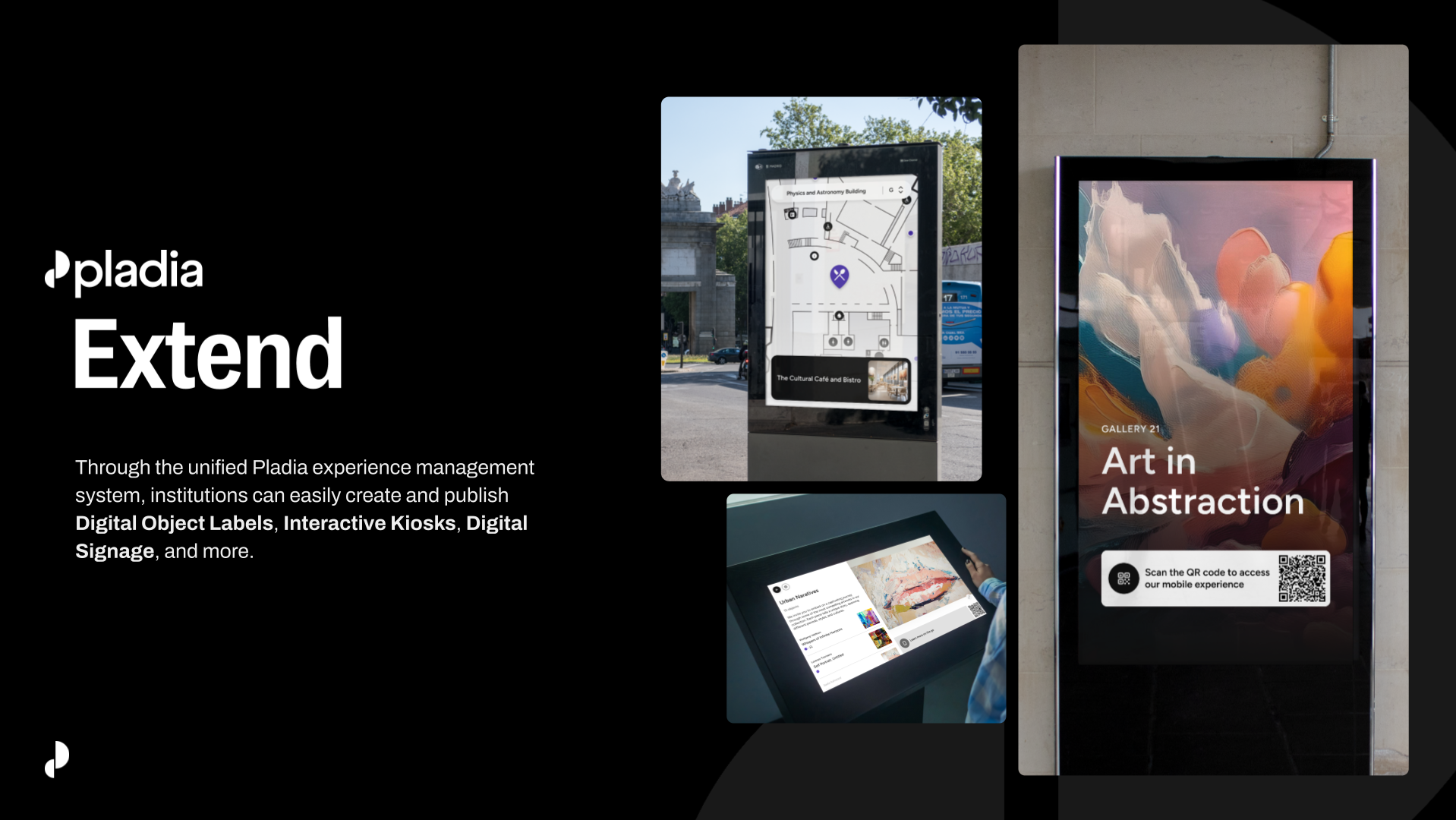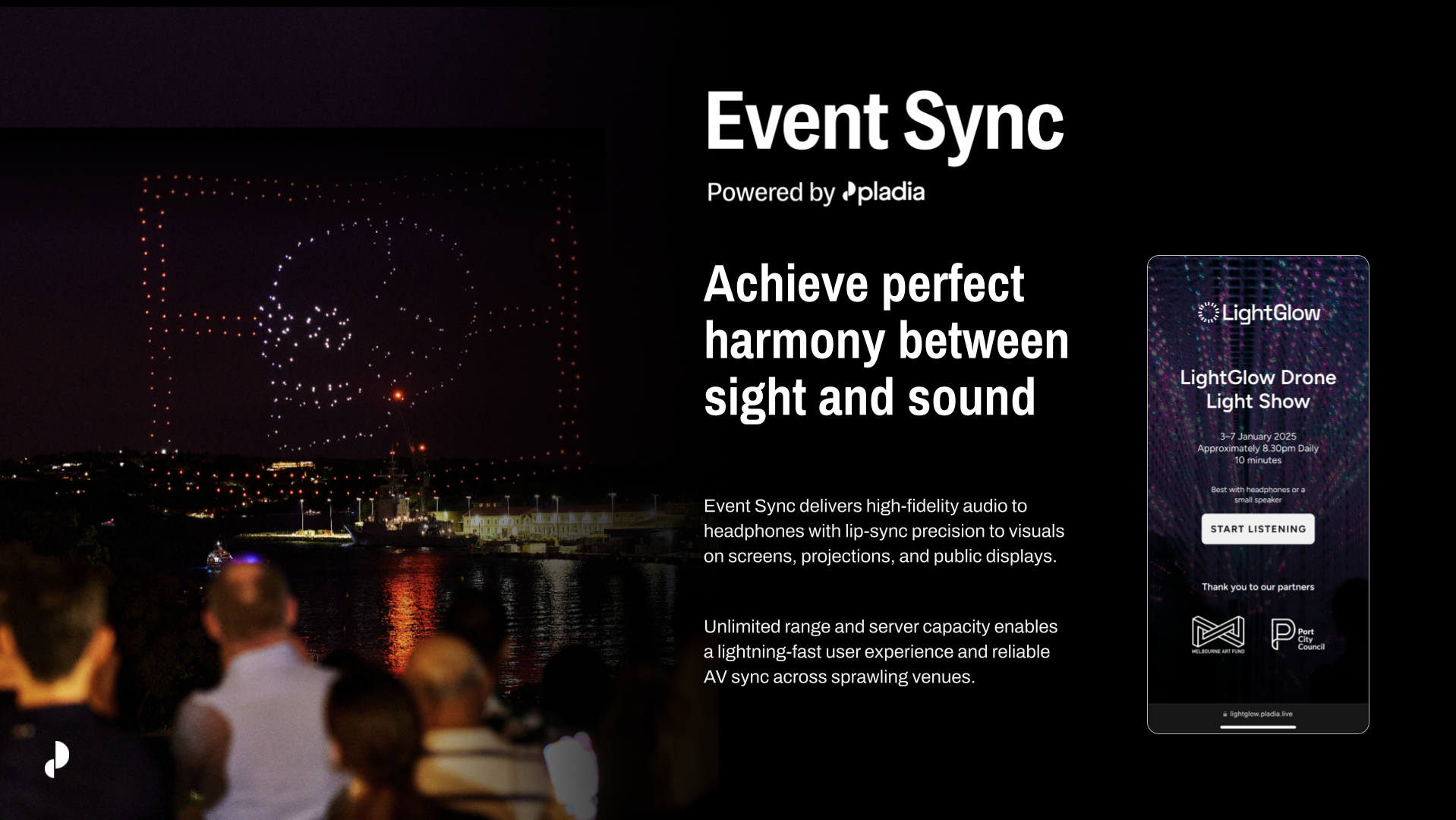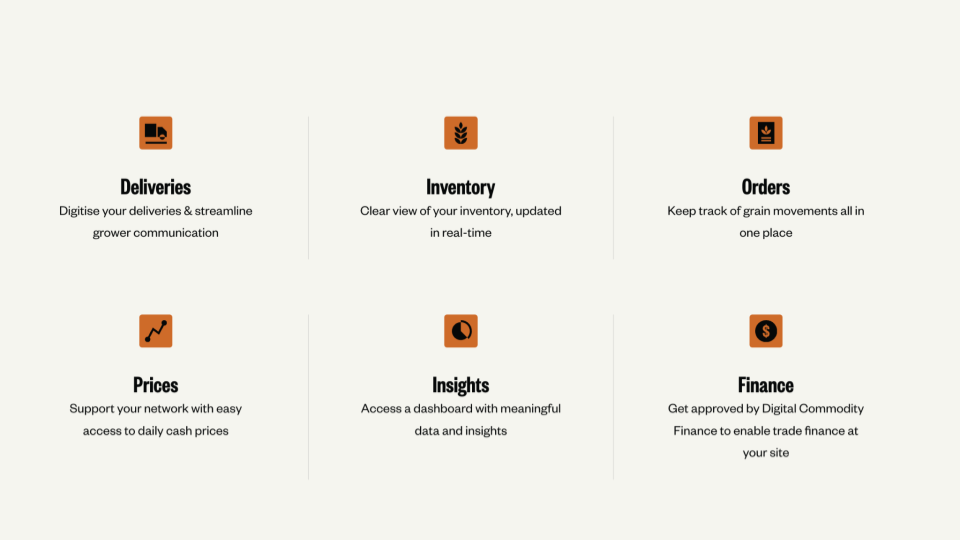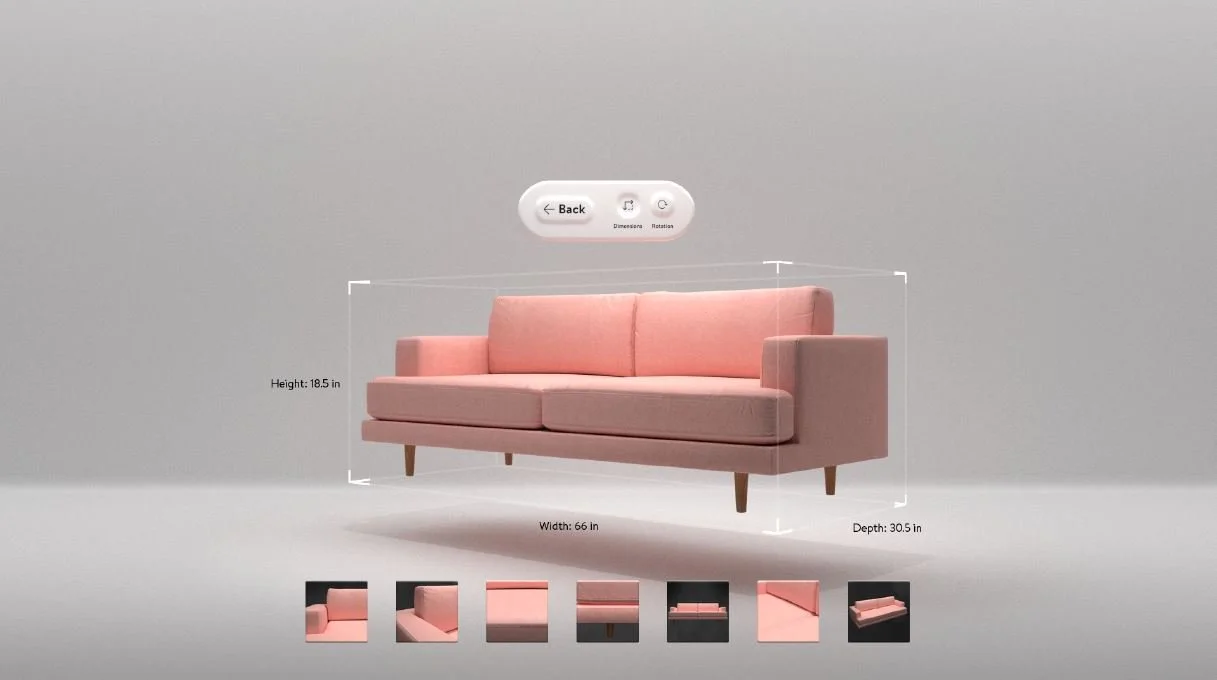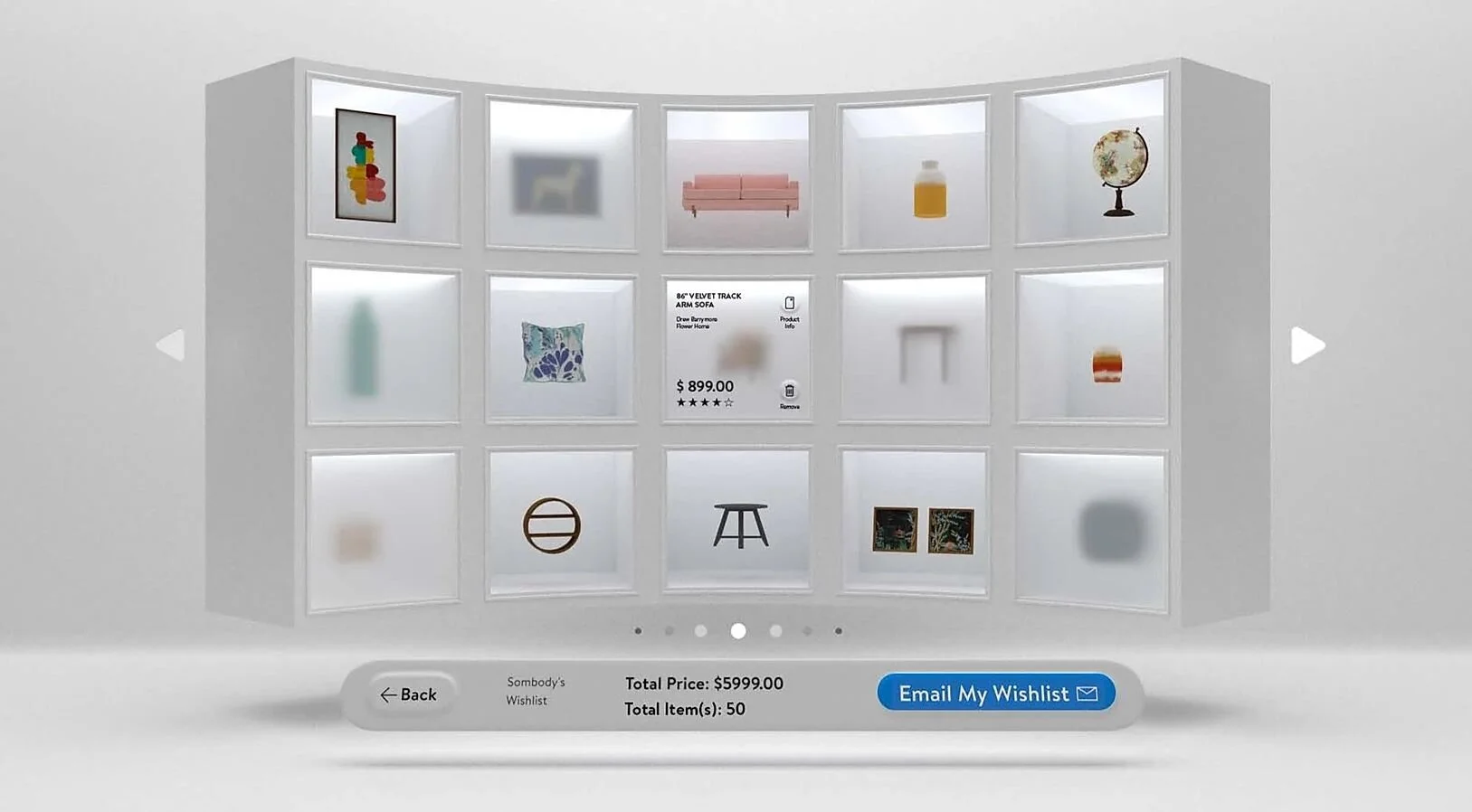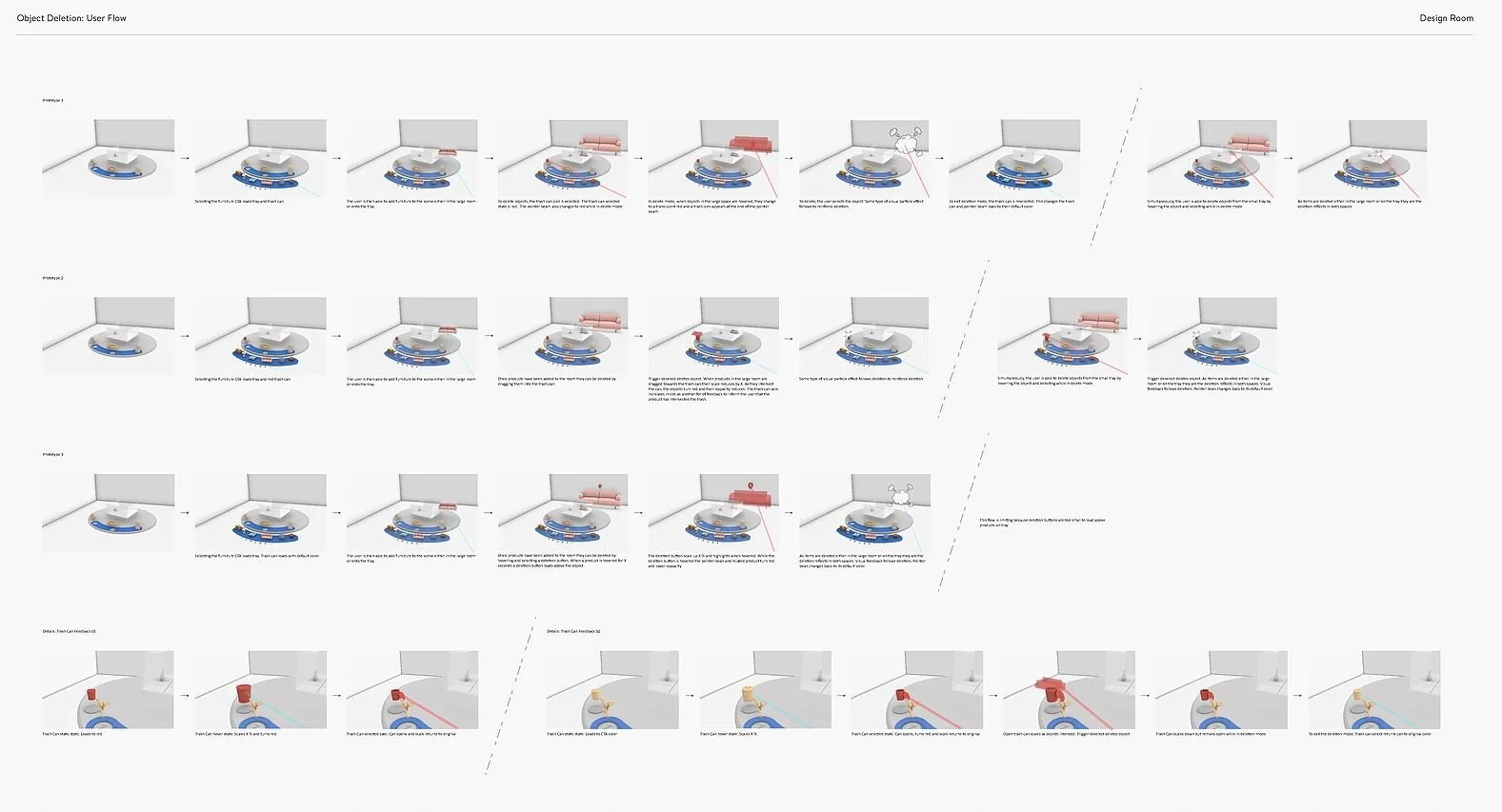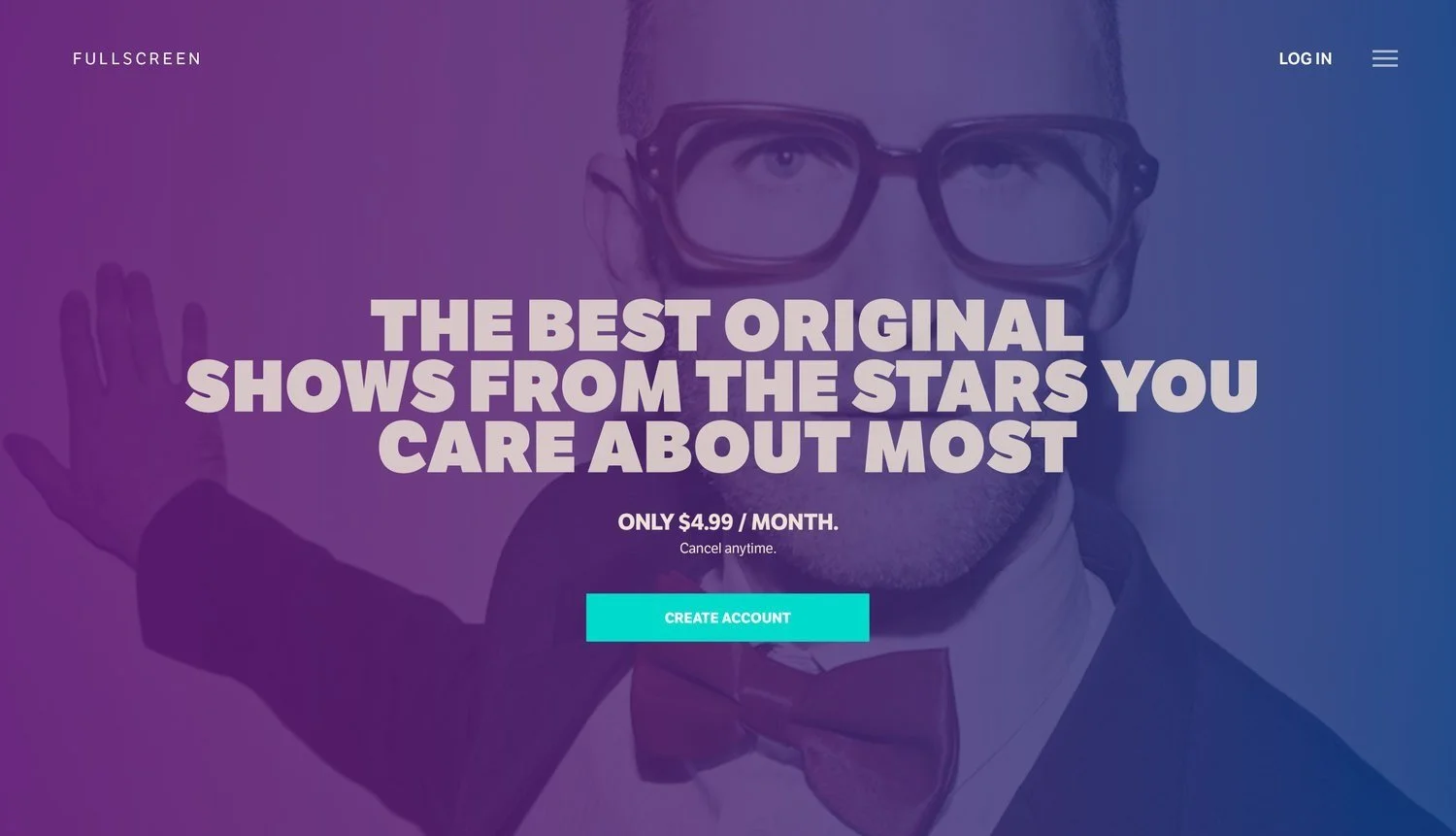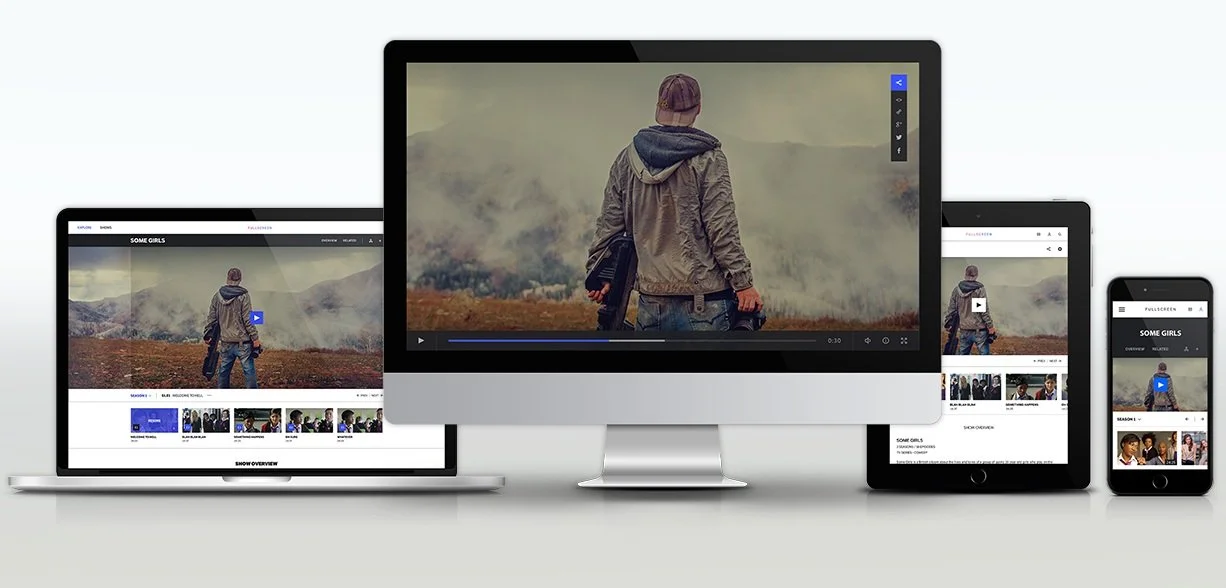Intraprenuer & Strategic Operator
I partner with early-stage ventures and high-performing founders to unlock commercial and operational growth through transformative leadership.
Currently, the CEO of Pladia, a global venture incubated within Art Processors, with a team of 30+ across two countries.
As a former Chief Product Officer at startups like AgriDigital and inside Walmart’s innovation arm, Store No. 8, I am agnostic to industry, spanning media and entertainment, telecommunications, agriculture, retail and e-commerce, consumer electronics, and cultural tourism.
From startups to scale-ups, I work with founders, executives, and investors to bring clarity and structure to moments of growth and complexity. Sometimes that means reshaping strategy, evolving operating models, or building high-performing teams. Other times, it requires combining strategic foresight with operational agility to navigate a pivot. But usually, it means being honest about what’s getting in the way of success.
Whatever the environment, I advocate for responsible research & innovation to ensure emerging technologies are aligned with the public interest.
The values I cherish
Integrity - Substance over theatre. The inconvenient convictions.
Inclusion - More than a brand value for me. It’s a lived principle.
Craft - How things are made shapes how they are experienced.
Resilience - Tenacity in the face of adversity. It’s about grit.
Legacy - Build something enduring. Meaning beyond profit.
What I’ve learned
MS, Global Technology and Development - Arizona State University
Technology Ethics, Public Interest Technology, Responsible Innovation
MS, Mechanical Engineering, HCI - Iowa State University
Cognitive Engineering, Human Factors, HCI Research, Design Ethics.
BA, Multimedia Design - Royal Melbourne Institute of Technology
Web Design & Development, Motion Graphics, Video, Interactive Media.
Where I add value
Leadership & Team Development
Evolving organizational structures through key inflection points
Coaching senior leaders toward higher impact and accountability
Designing teams and roles to reduce operational friction
Supporting transitions from founder-led execution
Balancing speed with quality in early-stage decision-making
Product Strategy & Management
Identifying patterns in feedback, product signals, and market noise
Aligning product direction with commercial and customer outcomes
Translating founder vision into executable roadmaps
Prioritizing product bets and trade-offs that compound over time
Defining and refining product-market fit at different stages of growth
Commercial Strategy & Growth
Identifying new revenue streams, market opportunities or business models
Navigating early growth complexity from MVP to GTM and beyond
Aligning sales, product, customer success, and marketing to maximize growth
Building GTM strategies grounded in customer insight
Aligning priorities to commercial strategy without losing the signal
Operational Excellence
Helping teams move from founder intuition to scalable systems
Clarifying operational rhythms without sacrificing innovation
Laying the foundations for meaningful metrics that guide better decisions
Naming the hard things that block business momentum
Removing bottlenecks and streamlining processes cross-functionally
How I’ve done it
Pladia
Pladia emerged as a standalone product business inside a 13-year-old design and technology service company. It had been in development for over two and half years, while the market was being tested, primarily seen and used as an internal tool for the service teams. The product business officially launched in September of 2024 with multiple product lines.
Standing up and launching a separate business required:
Auditing everything that had been built to evaluate market viability.
Defining the product offerings, pricing, and business model.
Transforming the operating model from project to product.
Redesigning the organizational structure and team topologies.
Building the necessary teams to support a product business; product design, product management, customer success, and growth.
Introducing strategic lifecycle planning, roadmapping and goal setting.
Implementing a measurement framework, and embedding a sufficient product mindset.
AgriDigital
AgriDigital develops solutions to real-world problems in agricultural supply chains, bringing transparency, efficiency, and trust by combining inventory, data, and finance into one platform. When I joined, it was 7 years old, and they had tried several strategies, including using blockchain to store grain records and replatforming from a monolith to a microservice architecture.
Their suite included several disparate products solving overlapping problems for different end users in the agricultural supply chain. This created some challenges:
Confusion in the market
A sub-optimal pace of innovation
Competitive threat from newer, more nimble entrants
Development inertia impacting growth experimentation
The strategy to solve those challenges included:
Maintaining one core, integrated platform to respond faster to market conditions and competition.
Building an ecosystem of capabilities, apps, and integrations, rather than disparate products.
Defining product offerings and pricing for various market segments.
Focusing on customer experience as a core differentiator.
Store No. 8 - Insperience
Store No. 8, Walmart’s innovation arm, acquired Spatialand, which became Insperience, to develop VR capabilities to transform the future of commerce and bring innovation to merchandising, inside Fortune 1. At Insperience, we built a VR Commerce platform to allow brands to merchandise their physical products in VR, allowing consumers to make confident purchase decisions, having experienced them spatially.
To accomplish this, we had to overcome some challenges:
Photo-realism - merchandised items must be accurate to the physical items they represent. We crafted furniture to be structurally appropriate, and colors and textures true to form.
Architecturally sound - VR environments that consumers explore had to look and feel like actual homes. Hired a traditional architect to create the environmental blueprints.
Interaction paradigms - unlike web and mobile, VR lacked the decades of standardization of interactions to leverage. A built-for-purpose design system had to be codified.
Additionally, VR was not ubiquitous in people’s homes at the time. A location-based system was required to meet consumers where they were, namely, in-store. This included:
Designing, fabricating, and constructing physical VR pods with integrated technology for operating at scale, deployed in stores.
A custom-built VR control system, which was hardware agnostic for remote deployments and live monitoring.
A queue management system to manage usage, with throughput and live operations tracking, and optimized wait times for consumers.
Fullscreen
Led a year of R&D for consumer products at Fullscreen to build a subscription video on demand platform, which contributed to the $250M+ in enterprise value at exit to AT&T and The Chernin Group.
R&D efforts included:
Identifying the target demographic, their motivations, online behaviors, and video consumption habits.
Defining product features & benefits, and product positioning in the competitive landscape.
Building the consumer product suite across platforms.
Key learnings and innovations:
Research indicated the targeted demographic was accustomed to short-form video, due to the proliferation of mobile video products.
Long-form was considered anything over 5 minutes.
To delight consumption habits, duration-based search was implemented: snack, grub, binge, along with mood-based discovery.
This allowed consumers to watch content appropriate for how much time they had available and how they were feeling.
Enabling the creation of GIFs directly from the player to be shared out to social aligned with observations of online behavior.
This innovation removed existing friction at the time and allowed for the behavior to occur more easily.


